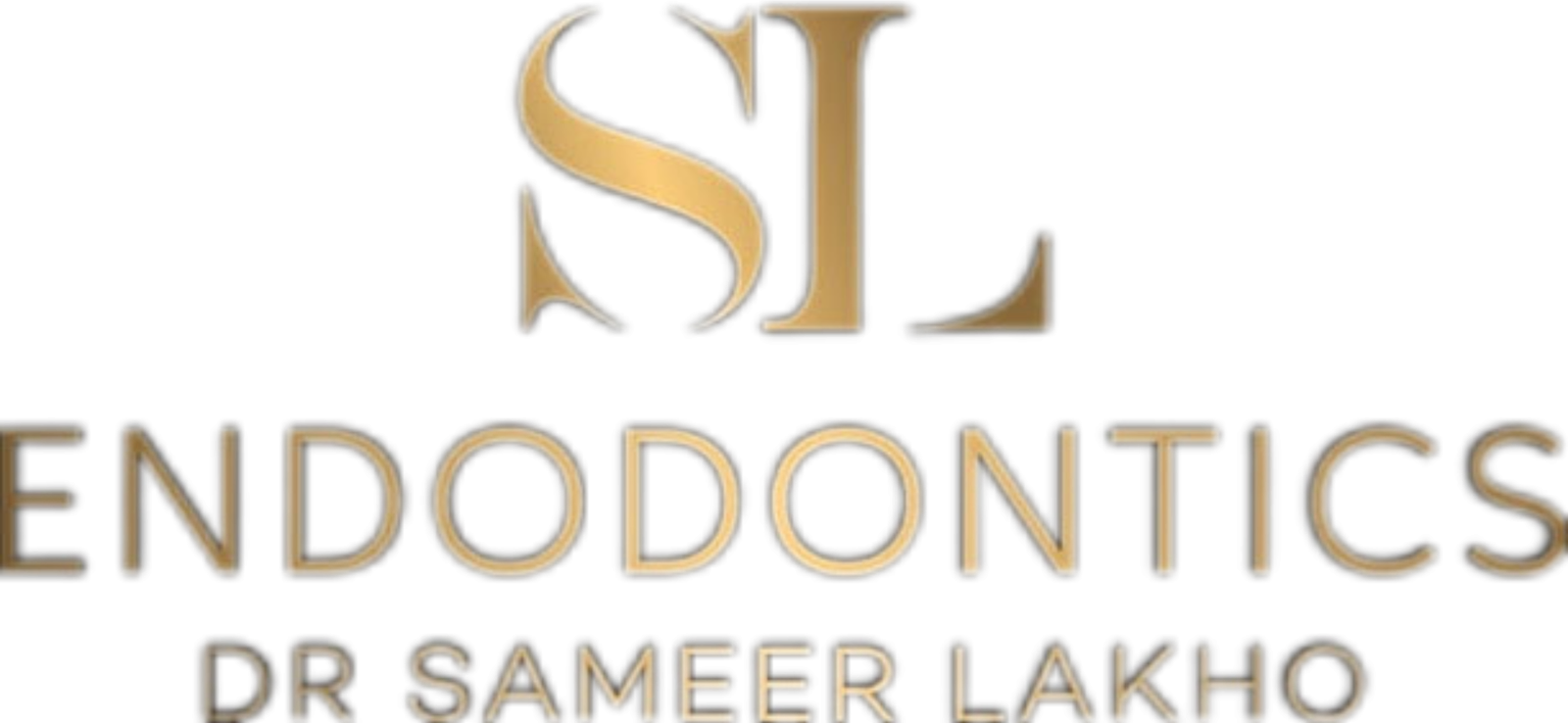Giving Your Tooth a Second Chance
With proper care, most teeth that have undergone root canal treatment can last as long as any other natural tooth. However, in some cases, a tooth may not heal as expected or can develop new problems months or even years after the initial treatment.
If your tooth has become painful or shows signs of infection again, root canal retreatment offers a second chance to save it and avoid extraction
Who Performs Root Canal Retreatment?
All dentists receive basic training in root canal procedures, but retreatment can be more complex than first-time treatment. For this reason, many dentists refer their patients to an endodontist — a specialist who has undergone additional years of training in diagnosing and treating problems inside the tooth.
Endodontists like Dr. Sameer Lakho focus exclusively on endodontic care and use advanced technology such as operating microscopes, ultrasonics, and digital imaging. This allows them to treat challenging cases including teeth with very narrow, curved, or hidden canals with precision and expertise.
Why Might I Need Retreatment?A tooth may fail to heal properly for several reasons, such as:
- Narrow or curved canals not treated during the first procedure
- Complex anatomy that went undetected initially
- Delayed placement of a crown or permanent restoration after treatment
- Saliva contamination inside the tooth during healing
- New decay exposing the root canal filling to bacteria
- A loose, cracked, or broken crown or filling allowing infection to re-enter
What Happens During Retreatment?
- The endodontist will reopen your tooth to access the existing root canal filling.
- In many cases, crowns, posts, or core material may need to be removed.
- The canals are cleaned thoroughly using magnification and illumination to locate any missed anatomy.
- Once cleaned, the canals are refilled and sealed, and a temporary filling is placed.
- If the canals are unusually narrow or blocked, an endodontic surgery (such as an apicectomy) may be recommended to seal the root from the other end.
- After retreatment, you will return to your dentist for a new crown or restoration to protect the tooth.
Is Retreatment the Right Choice?
Whenever possible, it is best to save your natural tooth. Retreated teeth can remain healthy and functional for many years — sometimes a lifetime.
Thanks to advancements in technology, retreatment today often uses techniques that were not available when your first root canal was performed. While no procedure comes with absolute guarantees, retreatment significantly increases the chance of preserving your natural tooth.
Cost and Insurance
Retreatment is usually more complex than the first root canal because restorative materials need to be removed and additional time is required to locate unusual canal anatomy. Costs therefore tend to be higher than initial treatment.
Some dental insurance policies cover retreatment, but others may limit coverage to one procedure per tooth within a certain timeframe. It’s always best to check with your provider before beginning treatment.
Alternatives to Retreatment
If nonsurgical retreatment is not possible, other options include:
- Endodontic Surgery (Apicectomy): Removes infection and seals the root tip.
- Extraction and Replacement: Removing the tooth and replacing it with a bridge, implant, or denture. However, this often requires more extensive procedures and can be more costly than retreatment.
Why Choose Retreatment?No matter how advanced modern tooth replacements may be, nothing is better than your own natural tooth. By choosing retreatment, you are giving your tooth the best possible chance to remain healthy and functional for years to come.
At SL Endodontics, our mission is to save your natural teeth whenever possible helping you keep your smile strong and confident.


